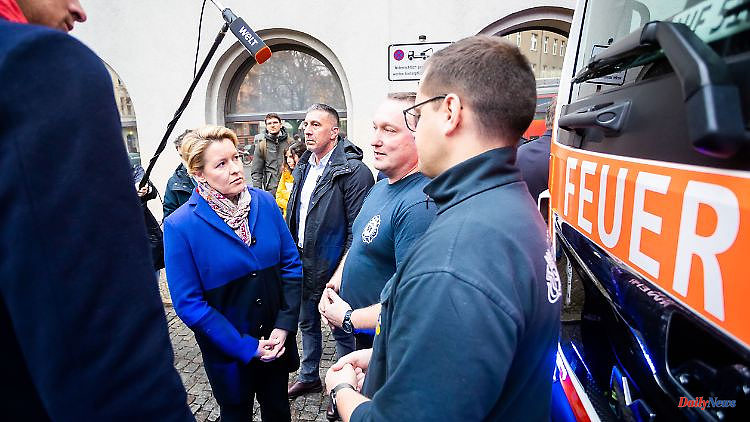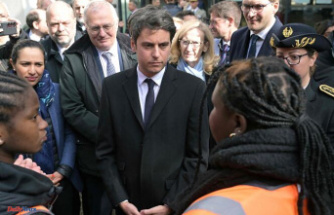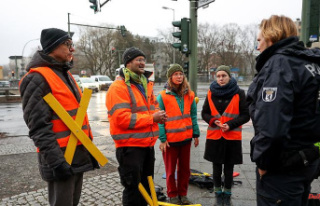Berlin's Governing Mayor Franziska Giffey visits a particularly affected station in Neukölln after the attacks on rescue workers on New Year's Eve. Firefighters report there of 20 purposefully erected barricades. A conflict researcher, however, appeases.
After the New Year's Eve riots in Berlin, Mayor Franziska Giffey, Federal Minister of the Interior Nancy Faeser and Berlin's Senator for the Interior Iris Spranger visited the Neukölln fire station and spoke to the emergency services concerned. According to Giffey, the riots revealed a "decay in values" and a "disrespect" that emergency services are also confronted with on all other days of the year. New Year's Eve was the "tip of the iceberg," she said, and announced "consistent criminal prosecution."
If seasoned firefighters and police officers said they had never experienced anything like this, "then we have a turning point," the mayor continued. According to the Berlin fire brigade, barricades were erected in at least 20 cases and emergency services were attacked. That is the current status after discussions with firefighters from the night, said fire department spokesman Thomas Kirstein.
Even experienced firefighters reported aggressiveness and violence that they had never experienced before. "We had to experience a whole new intensity of the attacks," said Kirstein. The emergency services were lured into ambushes. Volunteer firefighters were also affected. During the operations of the fire brigade, 15 rescuers were injured. Kirstein explained that nothing has changed in this number, which was already mentioned on New Year's Day.
Federal Interior Minister Nancy Faeser from the SPD also called for consistent criminal prosecution of the perpetrators at the meeting. "This is really a new quality, it's a new kind of disgusting crime that we need to stop," she said. This also requires a tightening of weapons law - for example in dealing with alarm guns that were used on New Year's Eve.
According to their own statements, the police in Berlin have so far initiated 355 criminal and administrative offense proceedings. All of the suspects were released shortly after the New Year due to a lack of grounds for detention. After the attacks, a debate broke out in Germany about what conclusions should be drawn from the attacks. When asked why firefighters, paramedics and police officers are attacked, conflict researcher Swen Körner answered in an interview with ntv.de: "They are attacked regularly, but not as often as one might think.
Körner had collected the data from rescue workers in the Rhine-Main area over the past three years. "That was about 300,000 operational data. The number of physically violent assaults is just over 20. Their visibility therefore begins at the third decimal place," says the researcher. "Every single case of this is bad and should be condemned. Nevertheless, the diagnosis of increasing violence is too general, in fact the violence is not increasing in many places."












